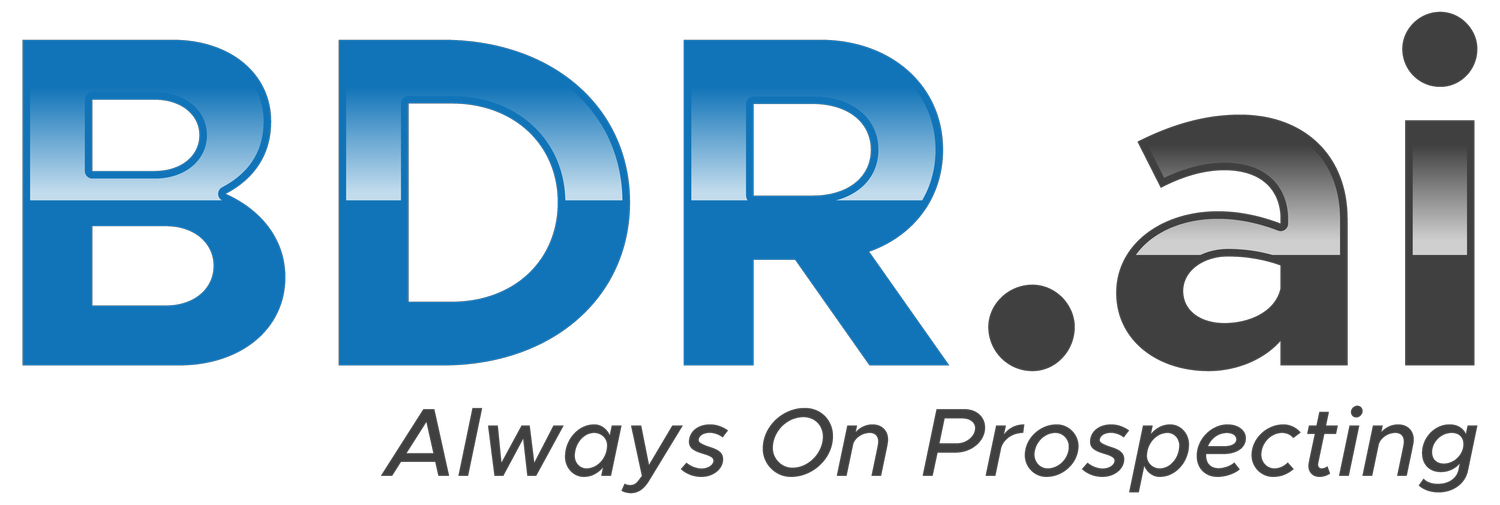THE EXTRAORDINARY ENTREPRENEUR: UNLOCK SUCCESS BEYOND SELF EMPLOYMENT
While being self-employed can provide a certain level of freedom and autonomy, there is an even greater opportunity to thrive as an extraordinary entrepreneur.
The advantages of becoming an extraordinary entrepreneur compared to being self-employed are significant. Here's just a few of them...
1. Leveraging Your Time and Effort:
One of the key benefits of becoming an extraordinary entrepreneur is the ability to leverage your time and effort. In a self-employed setup, your business relies heavily on your active involvement, meaning you have limited capacity to grow beyond your own capabilities. However, as an extraordinary entrepreneur, you have the potential to build a team, delegate tasks, and leverage other people's skills, allowing you to focus on high-value activities that drive growth and innovation.
2. Scaling Opportunities:
Unlike self-employment, where you may face limitations in scaling your business, being an extraordinary entrepreneur opens up possibilities for exponential growth. By creating a scalable business model, you can replicate your success, expand your market reach, and capitalize on economies of scale. This scalability not only increases your revenue potential but also enhances the overall value and long-term viability of your business.
3. Developing Passive Income Streams:
While self-employment often involves trading your time for money, the extraordinary entrepreneur aims to build passive income streams. By designing a business model that works independently of your direct involvement, you can generate revenue even when you're not physically present. This allows you to enjoy the benefits of financial freedom, create multiple income streams, and have more time for personal pursuits.
Ready to make the shift from self-employed to extraordinary entrepreneur?
Here are some simple steps to Transition from a Business That Works Because of You to One That Works Because of the Business Model You Create:
Step 1: Define Your Vision:
Begin by clarifying your long-term vision for your business. Set clear goals, both personally and professionally, and outline the direction in which you want your business to grow. What would the organization chart look like if you weren't the one driving the bus?
Step 2: Build a High-Performing Team:
Recognize that you cannot achieve extraordinary success alone. Identify the roles you need to delegate and begin assembling a team of talented individuals who complement your skills and share your passion for the business. Delegate tasks effectively, empower your team, and foster a culture of innovation and excellence.
Step 3: Streamline and Optimize Processes:
Take a critical look at your existing business processes and identify areas that can be streamlined and optimized. Automate repetitive tasks, implement efficient systems, and embrace technology to increase productivity and free up time for strategic decision-making.
Step 4: Develop a Scalable Business Model:
Shift your focus from day-to-day operations to creating a scalable business model. Evaluate your products or services, assess market demand, and identify opportunities for expansion and diversification. Consider leveraging digital platforms and technology to reach a broader audience and maximize growth potential.
Step 5: Cultivate a Strong Brand:
Up to this point in time YOU may be the brand. It's time to invest in building a strong brand that resonates with your target market that stands alone on its own. Develop a compelling value proposition, establish your expertise, and cultivate a loyal customer base. A robust brand not only attracts customers but also enhances the scalability and long-term sustainability of your business.
Step 6: Continuous Learning and Adaptation:
Embrace a mindset of continuous learning and adaptation. Stay abreast of industry trends, invest in your professional development, and be open to refining your business strategies based on market dynamics. Remaining agile and adaptable will enable you to navigate challenges and seize new opportunities.

